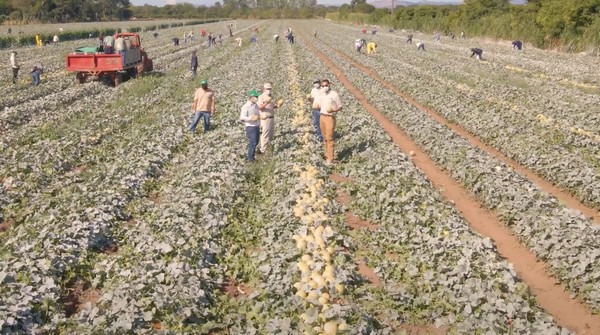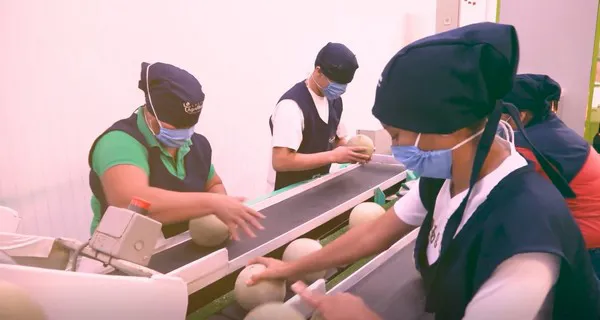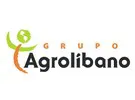The melon and watermelon production/export industry of Guatemala, Honduras, Costa Rica and Panama faces one of the greatest threats to the sustainability of the business. The industry faces the highest percentage increase in the cost of essential supplies and raw materials required for the production in its history, as a result of the collateral effects of the COVID-19 pandemic on global production, supply and logistics chains.
During the second and third quarter of this year, growers/exporters are experiencing major increases ranging from 40 percent to 50 percent price increase on Kraft paper (essential raw material for the manufacture of cardboard boxes); a 30 percent to 35 percent price increase on Modified Atmosphere Packaging Bags; a 15 percent to 20 percent price increase in plastic mulch; a 20 percent to 25 percent increase on irrigation drip tape; a 25 percent to 30 percent price increase on fertilizers: DAP, MAP and Urea among others.
The global logistics crisis has caused a shortage of spaces and containers and led to an unprecedented increase in the logistics costs (rate per 40’ container) of importing raw materials and exporting our products.

According to forecasts from logistic experts, these conditions are expected to continue until the end of 2022 and some companies are threatened with closure.
Melon and watermelon production are intensive crops requiring a higher amount of labor compared to other agricultural crops. Because of this, the increases in the interannual minimum wage have a significant impact on production costs. Since the beginning of the pandemic, new processes have been developed to keep operations running and ensure the safety of workers, which also generates an additional cost in materials and biosafety supplies.

Melons and watermelon are expensive to produce due to the high standards and certifications required to export to global markets. Along with the aforementioned increases, this has a direct negative impact on the competitiveness and economic sustainability of the melon and watermelon industry, which already suffers strong effects of climate change.
Central America is one of the main supplying regions of melons and watermelons for northern hemisphere markets in the winter. Altogether, more than 60,000 families depend directly and 200,000 more indirectly on this industry. We invite members of the value chain to find alternatives and solutions of mutual responsibility and help contribute to mitigating the financial impact that is expected for the next export campaign. This should not be only absorbed by the grower/exporters and will ensure sustainability of our business in the long term.

 For more information:
For more information:
Johann Reichmann
Grupo Agrolibano
johannreichmann@agrolibano.com
http://www.agrolibano.com/
